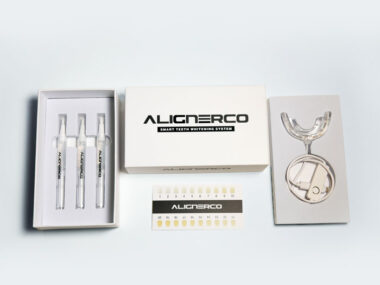Investing in mutual funds can be highly complicated. Following a strategy, balancing an investment portfolio, and selecting good quality investment managers isn’t easy for the average investor.
How do you choose your mutual fund investments? Do you perform analysis on fund managers and scour through dozens of investment websites? How do you decide which funds are the best to invest in? While there aren’t any easy answers, there is definitely one sure fire strategy to avoid!
Unfortunately, most investors pick mutual funds based on the Morningstar Star Rating system rather than follow a solid investment management strategy. While it’s a seemingly viable solution for picking which funds to invest in, the reality is it’s a horrible investment strategy.
Morningstar is an excellent source for data. Fund statistics and other information like fees and expenses, commissions, beta, and standard deviation are presented in a clear concise format. But most investors don’t know how to use those statistics to make wise investment decisions.
Morningstar created their mutual fund “Star Rating” system to help investors sift through the data. The problem is it’s all too easy to select investments based on which ones have the most stars. To many investors it appears like a good investment strategy. What could go wrong with picking mutual funds with the most stars?
Investors mistakenly fall for the allure of 4 and 5 star funds. It gives them a false sense of security they have the best mutual funds available. The truth is 4 or 5 star mutual fund ratings today means nothing to you and your investment plan tomorrow!
Investors naturally assume Morningstar Star Ratings consist of an extensive and detailed ranking system including multiple portfolio statistics. It’s normal to think fund information like investment returns, portfolio risk, fees and expenses, manager added value, fiduciary responsibility, fund size and manager tenure would be included in the Morningstar Star Ratings. This couldn’t be further from the truth.
Morningstar Star Ratings actually incorporate an incredibly simple process. Funds are ranked within their respective categories based on their risk-adjusted returns after all fees and expenses. Morningstar Star Ratings are distributed on a bell curve. The top 10% of mutual funds in each category with the highest risk adjusted returns get 5 star ratings! The next 22.5% are 4 star funds, the middle 35% are 3 star funds, the next 22.5% are 2 star funds and the bottom 10% are 1 star funds.
Morningstar Star Ratings are so simplistic they’re really unusable for most investors. Investing in 5 star funds because it has 5 stars is not a wise investment strategy. The best performing mutual funds from yesterday won’t necessarily be the best mutual funds tomorrow. Past performance can never indicate future results with any real accuracy or precision.
Even Don Phillips, President of Fund research at Morningstar, stated last year:
“The star rating is a grade on past performance. It’s an achievement test, not an aptitude test… We never claim that they predict the future.”
Morningstar ratings measure achievement not aptitude, it can’t be stated any more clearly!
Ever wonder how good 4 and 5 star funds really are? From 2001 to 2005 out of the top 25% of equity mutual funds (284 funds in total) only 19% (53 funds) remained in the top quartile for the next 5 years through 2010.
Investing in one of the “best performing mutual funds” could have almost assured you a likelihood of owning average or poor mutual funds. This doesn’t even include the mutual funds which were merged or went out of business! That would skew the results even further.











